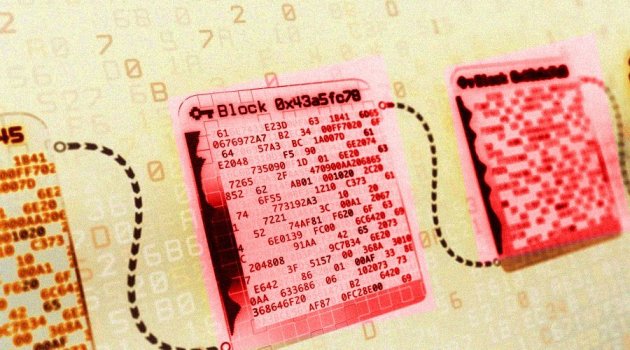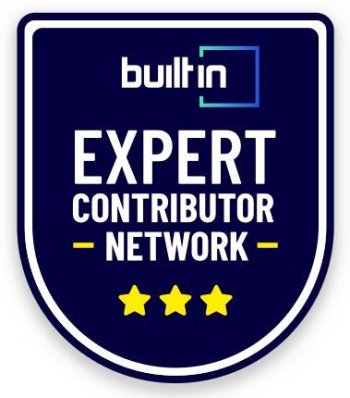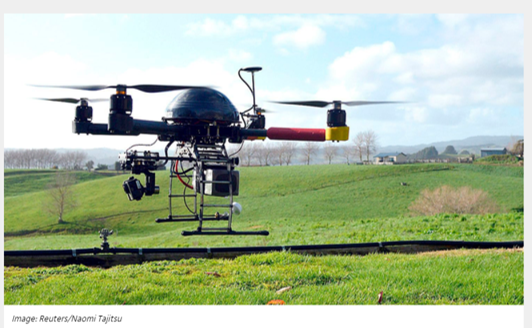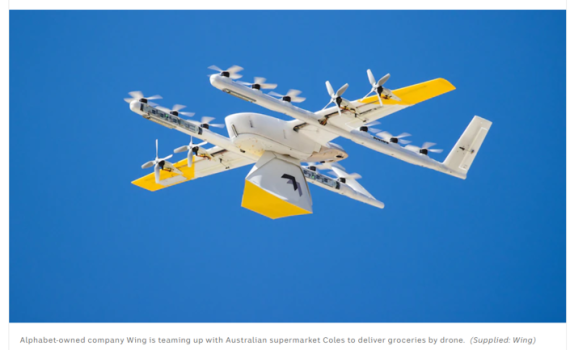All you need to know about white hat hackers and how they make blockchains more secure
- Technology Solutions
- 0 Replies
Hackers are most often seen as the bad guys. And for good reasons too. According to Security Magazine, there is a hacker attack every 39 seconds, with hundreds of thousands of innocent users falling victim to cybercrimes every year. However, cybersecurity is getting stronger by the day, and while it may sound absurd, some of this progress can actually be attributed to the work of hackers.
But these are ethical hackers, also called white-hat hackers, who use their hacking skills to identify loopholes in hardware, software or network security. These hackers operate within legal boundaries and do not cross over to the wrong side of the law.
Let's look at how some of these white hat hackers are making the decentralized finance (DeFi) space more secure.
Recently, hacking veteran Jay Freeman was in the limelight for discovering a billion-dollar vulnerability in three of Ethereum’s layer-2 networks. The bugs were found in the Optimism, Boba, and Metis networks of Ethereum, which he then christened the “Unbridled Optimism.” According to Coindesk, Optimism, Boba and Metis had about $750 million locked in DeFi on the day this issue came to light, and almost all of it was reportedly at risk at the time. The gravity of the situation speaks for itself.
In the first week of February 2022, Freeman discovered an issue with the ‘self-destruct’ function of the Ethereum smart contracts. This function is designed to eliminate expired or obsolete smart contracts and transfer the associated balance of the network’s native currency ether (ETH) to a different address. This can be exploited to suck out billions of dollars worth of liquidity from the system and leave DeFi service providers in losses.
Continue reading: https://www.cnbctv18.com/cryptocurrency/ll-you-need-to-know-about-white-hat-hackers-and-how-they-make-blockchains-more-secure-12673612.htm
But these are ethical hackers, also called white-hat hackers, who use their hacking skills to identify loopholes in hardware, software or network security. These hackers operate within legal boundaries and do not cross over to the wrong side of the law.
Let's look at how some of these white hat hackers are making the decentralized finance (DeFi) space more secure.
Recently, hacking veteran Jay Freeman was in the limelight for discovering a billion-dollar vulnerability in three of Ethereum’s layer-2 networks. The bugs were found in the Optimism, Boba, and Metis networks of Ethereum, which he then christened the “Unbridled Optimism.” According to Coindesk, Optimism, Boba and Metis had about $750 million locked in DeFi on the day this issue came to light, and almost all of it was reportedly at risk at the time. The gravity of the situation speaks for itself.
In the first week of February 2022, Freeman discovered an issue with the ‘self-destruct’ function of the Ethereum smart contracts. This function is designed to eliminate expired or obsolete smart contracts and transfer the associated balance of the network’s native currency ether (ETH) to a different address. This can be exploited to suck out billions of dollars worth of liquidity from the system and leave DeFi service providers in losses.
Continue reading: https://www.cnbctv18.com/cryptocurrency/ll-you-need-to-know-about-white-hat-hackers-and-how-they-make-blockchains-more-secure-12673612.htm

























